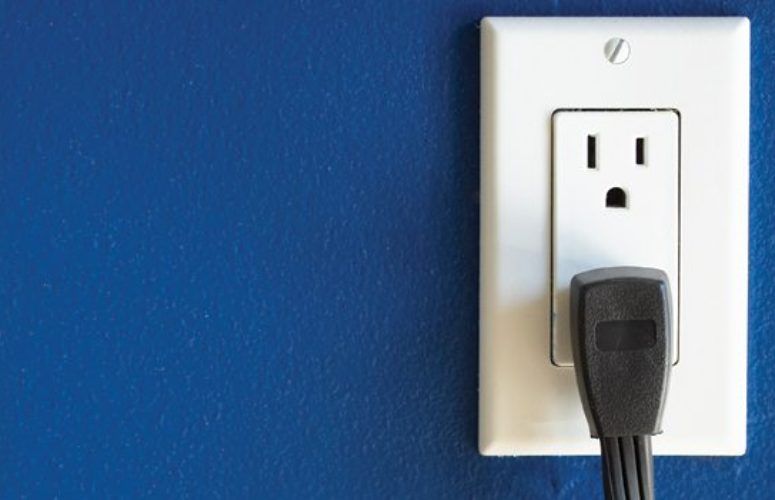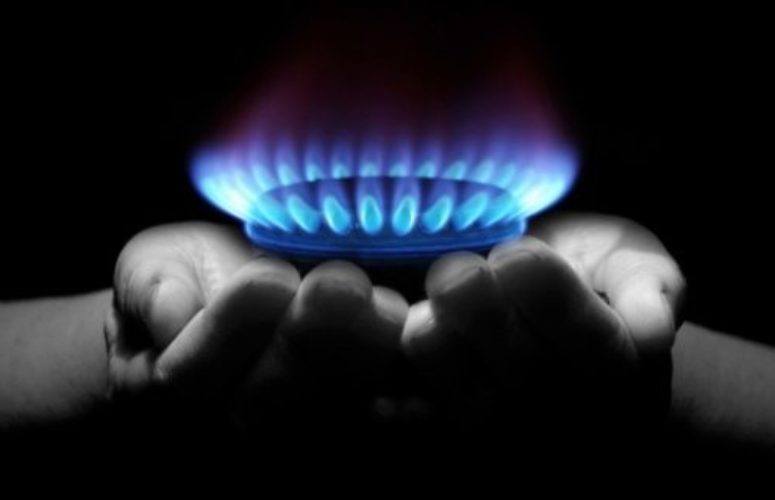
NJBPU Continues to Help Advance Energy Efficiency Goals
On Nov 16, 2015Actions by the New Jersey Board of Public Utilities today continue to advance Governor Christie’s 2011 State Energy Master Plan energy efficiency goals by establishing an LED Surface Lighting Program for state-owned facilities and approving energy-efficiency incentives for a new 54-story, mixed-use residential building currently under construction in Jersey City.
“Today’s action demonstrates the Board’s continued commitment to implementing the goals and policies of Governor Christie’s 2011 State Energy Master Plan in support of the efficient use and conservation of energy,” said Richard S. Mroz, president of the N.J. Board of Public Utilities. “Through efforts such as the LED Surface Lighting Program and incorporating the Environmental Defense Fund’s Investor Confidence Project protocols into New Jersey’s Clean Energy Program, New Jersey continues to be a leader in energy efficiency and improving the environment.”
In establishing the LED Surface Lighting Program (LSLP), the board approved initially funding using approximately $1.8 million in federal funds to install high-energy efficient lighting upgrades at State parking garages and facilities. The first six projects will upgrade inefficient lighting fixtures in parking garages at the State House, Department of Motor Vehicles, Hughes Justice Complex, and the Department of Labor, and inefficient lighting in the Central Distribution Warehouse.
The LED lighting upgrades at the six facilities are expected to result in total estimated annual energy savings of 1,810,194 kwh; saving NJ taxpayers approximately $199,000 annually. Over the expected life of the equipment, taxpayers are expected to save nearly $2 million. The program will also comply with all federal regulations, including Buy-American compliance rules. The program will be administered by the State Energy Office within the New Jersey Board of Public Utilities.
The board also approved energy-efficiency incentives, through New Jersey’s Clean Energy Program™ (NJCEP) Pay for Performance program, of approximately$686,731 for Journal Squared I, a new 54-story, 538-apartment, mixed-use residential building currently under construction in Jersey City. The incentives will make possible more than $1.2 million in upgrades that will result in expected annual energy savings of over $150,000. Journal Squared Associates, the developer for the project, will receive incentives through a series of three installments and incentive levels are directly linked to the amount of energy savings that will be achieved at the complex.
“For new construction projects greater than 50,000 square feet, the Pay for Performance program provides the resources developers need to take their buildings to the next level of energy efficiency,” said President Mroz. “As developers remake the Jersey City skyline, Journal Squared will stand tall as a model in energy efficiency for all of New Jersey.”
Kushner Real Estate (KRE) Group designed Journal Squared with energy-efficient features that include high-efficiency water-source heat pumps, LED lighting, window upgrades and occupancy sensors, as well as ENERGY STAR® refrigerators and dishwashers. Low-flow faucets and a high-efficiency central boiler for domestic hot water will also reduce energy consumption by avoiding the use of more than 530,000 gallons of water per year.
“The decision to invest in energy efficiency is one that aligns with both our practical business needs and core philosophy,” said Jeremy Kaplan, Chief Operating Officer of the KRE Group. “We take a long-term approach to real estate investment and ownership. As operators, energy consumption is one of our largest on-going expenses and one we are always trying to manage. As investors, we strive to be positive assets to the neighborhoods where we build. Reducing the long-term environmental impact of our buildings is a way to stay true to that philosophy.”
Pay for Performance incentives are anticipated to offset 59% of the additional cost of the energy-efficiency upgrades. Once the building is occupied, the energy-efficient equipment is expected to save 614,687 kWh of electricity and 4,533 MMBtu of natural gas each year. As a result, energy savings are expected to provide a three-year payback period.
“While we always push for greater energy efficiency, the upfront cost of many of the investments can be a sizable hurdle to overcome,” Kaplan said. “Pay for Performance incentives play a key role in helping to make such long-term investments a reality.”
Journal Squared is a phased development that includes construction of two additional buildings, with the largest currently planned to reach 70-stories tall. The Journal Squared project also includes designs for a new pedestrian plaza at the Journal Square PATH station, retail space and podium parking.
The NJCEP Pay for Performance program incentivizes businesses that take a comprehensive, whole-building approach to saving energy in both new construction as well as existing buildings. Incentives are directly linked to reducing energy use by at least 15 percent.
Related Articles:




